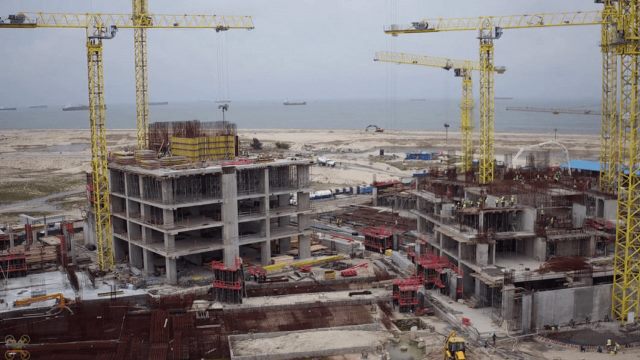A construction project has many moving components. Due to the complexity of these projects, there are often risks presented to those who work in construction sites. From health hazards to mechanical injuries, safety is a significant concern in the construction industry. After all, you want to ensure all workers go home safely at the end of the construction project.
Despite the readily available risks, construction sites are mostly safe environments for various jobs. That is because prioritizing safety and security should be a main concern. In order to maximize the amount of present security for a project, guidelines must be followed. Check out these seven safety best practices for your construction project:
1. Be aware of construction hazards
For the most part, construction workers will be given their designated roles before being sent out to the field. These roles can be challenging, especially with the potential for external elements to become volatile. The weather, for instance, can impede on the ability for someone to work safe.
To maximize safety while working on a construction project, it all comes down to awareness. No matter what their role is, all workers must stay cognizant of their surroundings to protect themselves. Even the slightest mishap can result in something unfortunate, putting everything into disarray!
2. Safety documentation
Construction projects are generally only built once an enormous amount of preparation has been done. In commercial construction companies, the managers will finalize these plans via documentation. Each relevant document can list a number of things that need to be done for the day.
Moreover, documentation also prioritizes safety and security tips that must be enforced at all times. These safety practices can range, depending on what the documentation entails. However, the guidelines written here have to be followed at all times to ensure that no one gets hurt on site.
3. Training
Documentation can be seen as the basis for ensuring safety while working on a construction project. However, in order to maximize the safety outlined here, training must occur to reinforce these practices. No matter what sort of role a worker has, training will usually be done before they get to work.
During this time, workers can expect to undergo a rigorous number of exercises. These exercises can range in scale, depending on what role was given to the respective worker. The more these exercises are reinforced, the more a worker becomes familiar with them. That way, accidents are mitigated as much as possible!
4. Supervision
As mentioned previously, general workers on a construction project will be given their duties for the day. After being sent out on the field, they will conduct their role, or roles as required. There will also be senior level construction professionals on the site as well, and not without good reason.
For example, a supervisor will be in a specific area, working alongside employees. These individuals will be monitoring the actions of the workers to ensure efficiency is maintained. They will also be present so that in the event of a crisis, any safety concern can be handled accordingly.
5. Equipment Handling
At some point in the construction project, equipment will be used by a respective worker. These pieces of equipment or machinery can help accelerate the progress of a given construction project. As expected, there needs to be a certain level of familiarity with these tools for safety’s sake.
For example, a worker should be proficient in handling a bulldozer before booting up the vehicle. Being aware of their surroundings as well as operating it safely is of the utmost importance. Construction projects can only be completed once everyone knows how to handle their equipment!
6. Personal Protection Equipment
Before stepping out onto the field, a worker should also take care of themselves as well. That is why wearing personal protection equipment is critical, so that harm does not occur. Wearing the appropriate helmets and eye goggles, for instance, needs to be reinforced. By doing this, safety is maximized at the end of the day.
7. Communication
A construction project simply cannot move along if communication is not present. All workers on a specific site need to communicate their needs at the moment to optimize safety. One wrong move can result in delays at best, and unfortunate accidents at worst. From the senior level workers down to the new hires, speaking clearly is critical to ensure safety at all times.
When it comes to working on any sort of project, safety should always be considered. Construction is an industry where you simply cannot take safety practices lightly. Everyone on the field has to be protected at all times before the work can begin for the day. Once this is reinforced on a daily basis, you will realize how much faster and safer each project can be!

